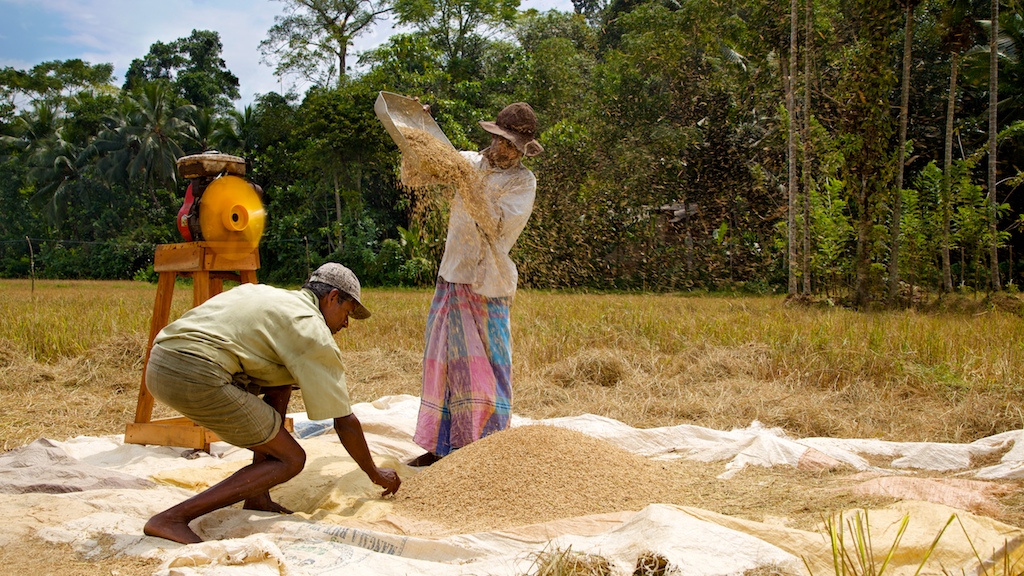
The Sri Lankan health Ministry has rejected a study published in the British Medical Journal, The Lancet which finds that 410,000 girls in Sri Lanka are underweight and that there has been no detectable change in statistics since 1990.
Speaking to Daily Mirror, Secretary of the Ministry of Health Dr. Palitha Mahipala said the findings demarcated in the said study "can’t be condoned as they contradict the actual scenario in Sri Lanka".
At the same time, Director of the Family Health Bureau Dr. Chithramalee De Silva said they are not satisfied with the data the Lancet used to compile the report. This is not the first time that the Sri Lankan health ministry has rejected such findings, the Ministry also rejected a report from the United Nations Children's Fund (UNICEF) on child malnutrition in Sri Lanka.
The research which was published on February 29, confirms the persistence of the food emergency that Sri Lanka’s recent crises have not certainly improved. According to the Lancet publication, which covers data from 1990 to 2022 Sri Lanka is second only to India for dangerously underweight girls aged 5 to 19. More than 410,000 or 16.4 percent of the total age group are malnourished or underweight. The analysis shows that 450,000 boys are thin. The prevalence is 17.8%, a drop of 18 percentage points from 1990. The number of girls and boys who are thin adds up to 860,000. The full text of the research can be found here.
The study looked at Body Mass Index (BMI) to determine if a child is underweight, classifying them as stunted, wasted or both.
In the long run, this can cause problems to or delays in development, and, in the case of severe wasting, increase the risk of death. The research is the work of the NCD Risk Factor Collaboration, a global network of health scientists in cooperation with the World Health Organisation (WHO) emphasizing that the situation has remained stagnant over the past three decades. Ironically enough, a report from the Epidemiology Unit of the Ministry of Health references the Lancet findings.
Despite the rejection from the Health Ministry, recent data from the ministry itself. The number of children grappling with various forms of undernutrition in Sri Lanka increased for the first time in at least six years in 2022, a government report and data from the health ministry indicate in an article published on Reuters.
More than 43.4% of the country's children under 5 years of age are suffering from nutrition problems, according to the report released in October, with 42.9% suffering from some form of undernutrition.
Read together with data available on the website of the health ministry's Family Health Bureau, the numbers indicate that the percentage of children below five who are underweight, stunted, or wasting increased in 2022 after dropping steadily since at least 2016.
Recently a report was published by the UNDP detailed that a large percentage of individuals living below the poverty line in Sri Lanka are from the North-East, with some of the districts being the worst affected on the whole island.
Overall, the Northern and Eastern Provinces had the highest incidence of multidimensional vulnerability by province, according to data gathered by the UNDP.
By district, Mullaitivu was the worst affected. According to the report, “in the districts of Mullaitivu and Kilinochchi, the predominant concern is not household debt, but rather the availability of a reliable water source”.
In Jaffna, 42% of households reported a reduction in their income as of October 2022. In addition, 81.4% of households reported that at least one member was receiving some form of social protection.
The situation was even more dire in Kilinochchi, where 47% of households reported a reduction in their income and Mullaitivu where 67% of households were insecure as they too had seen a reduction in incomes since October 2022.
We need your support
Sri Lanka is one of the most dangerous places in the world to be a journalist. Tamil journalists are particularly at threat, with at least 41 media workers known to have been killed by the Sri Lankan state or its paramilitaries during and after the armed conflict.
Despite the risks, our team on the ground remain committed to providing detailed and accurate reporting of developments in the Tamil homeland, across the island and around the world, as well as providing expert analysis and insight from the Tamil point of view
We need your support in keeping our journalism going. Support our work today.
For more ways to donate visit https://donate.tamilguardian.com.

